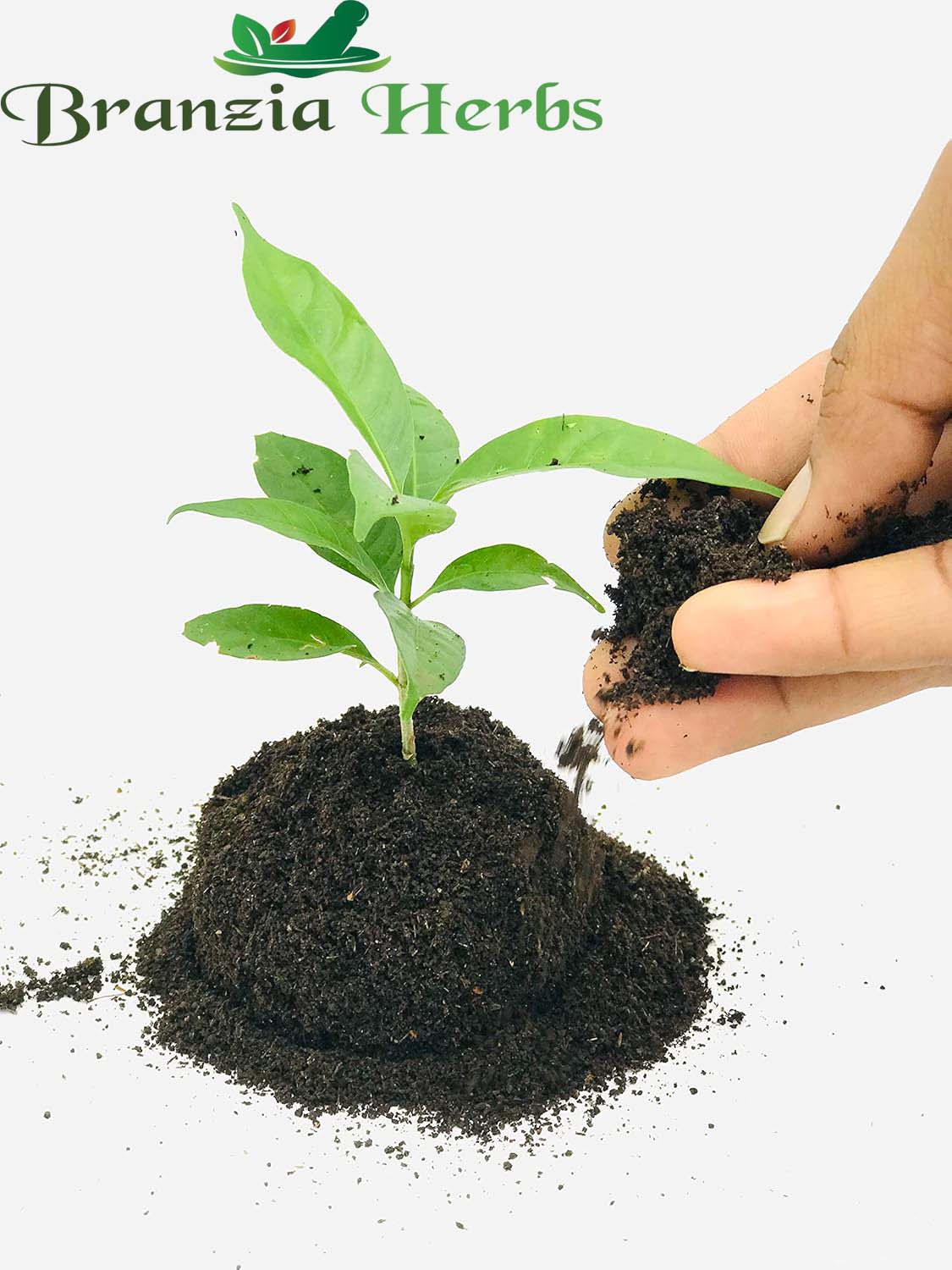



- Choosing a selection results in a full page refresh.
Available 24/7 at
+917568777778



Key Features:
Uses:
Benefits:
Storage:
Precautions:
Get the latest updates on new products and upcoming sales
Thanks for subscribing!
This email has been registered!
